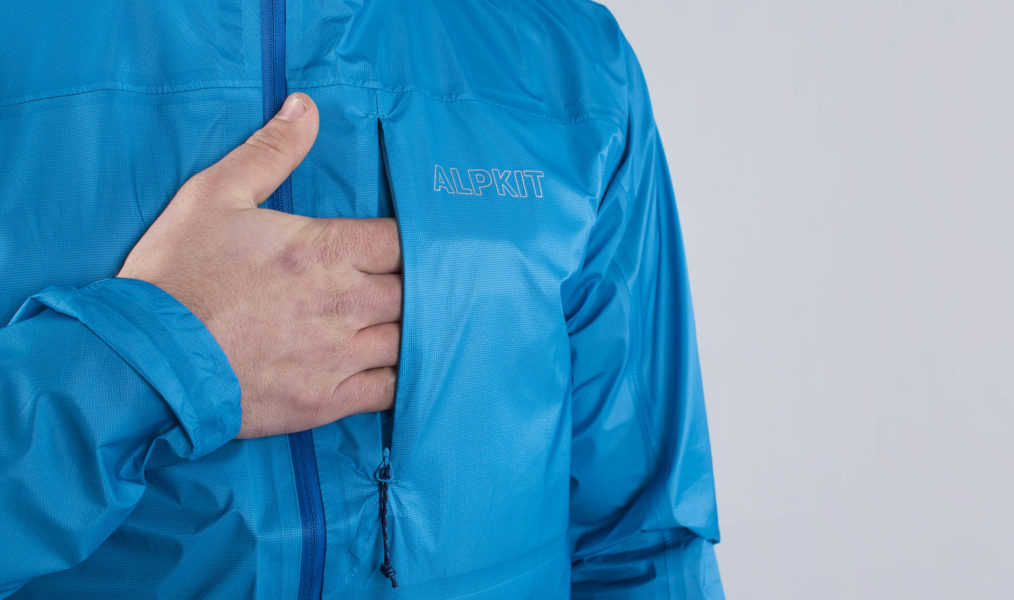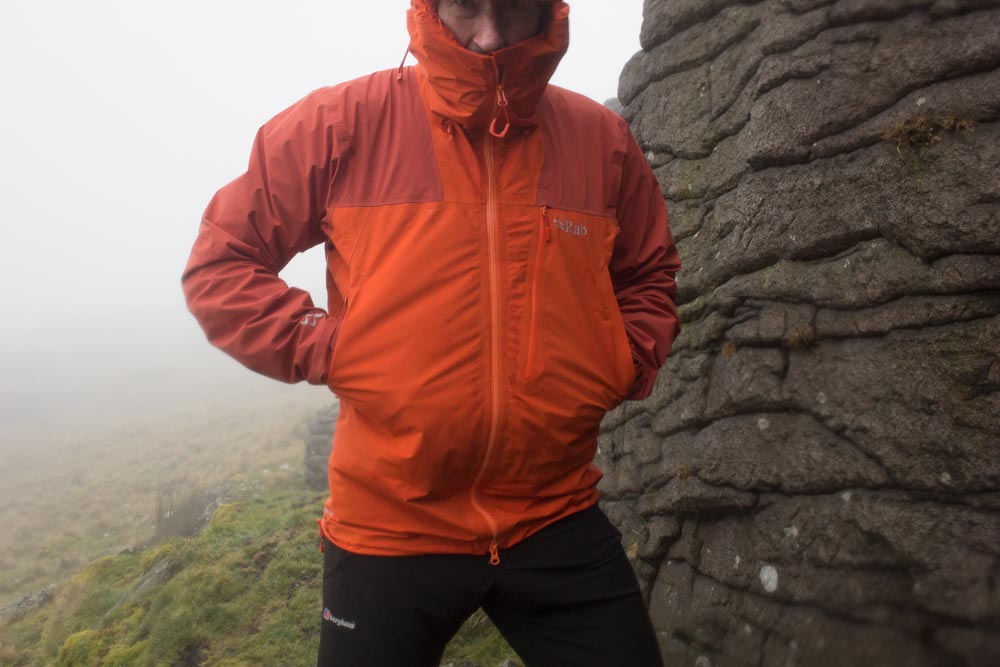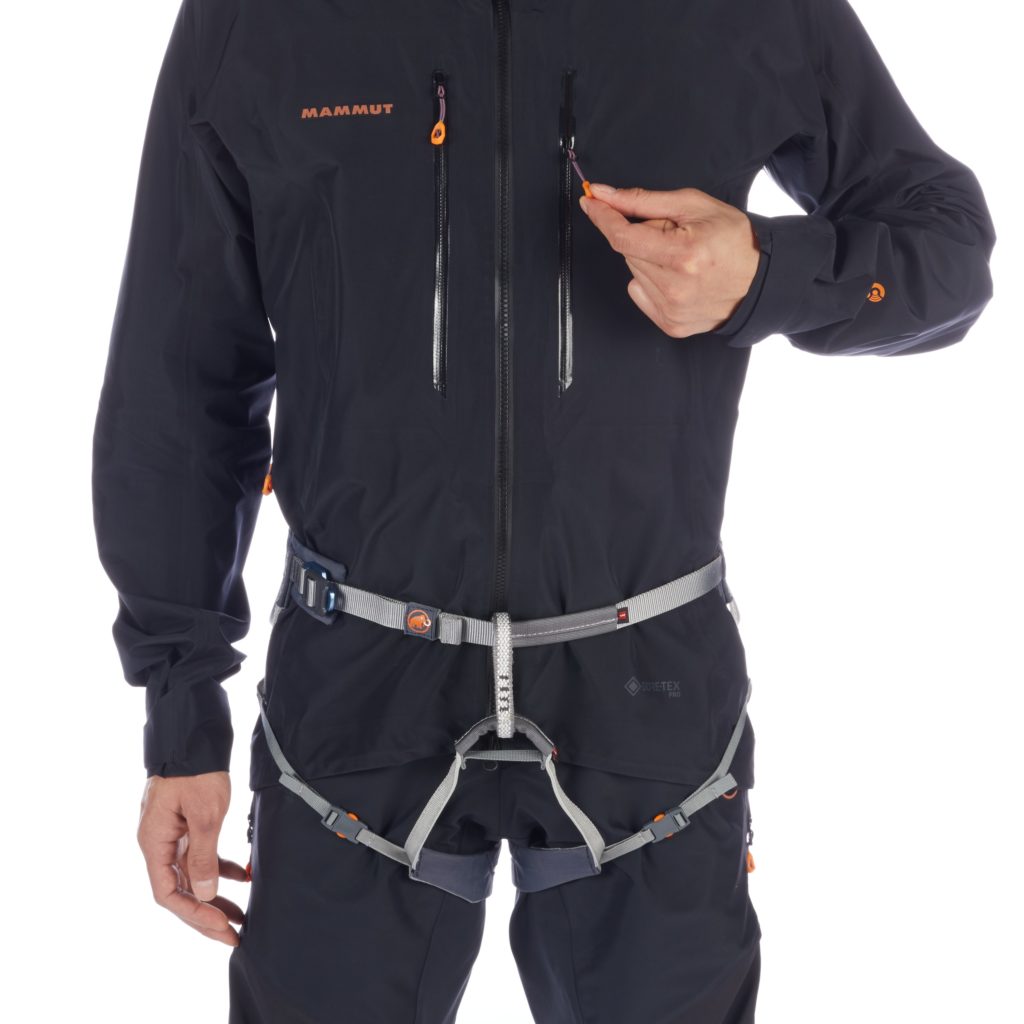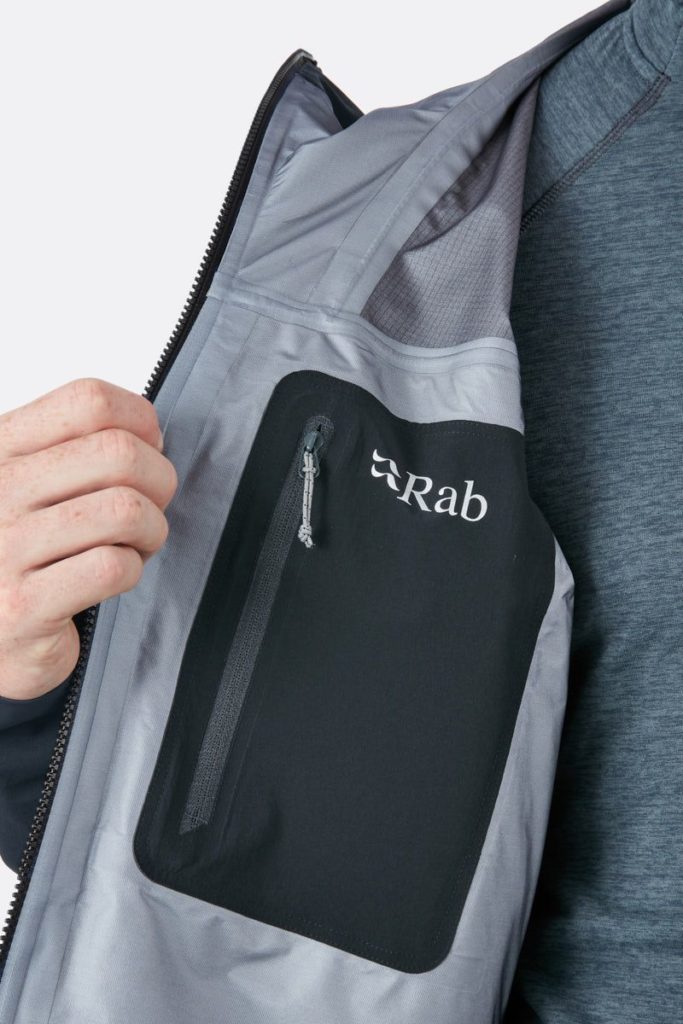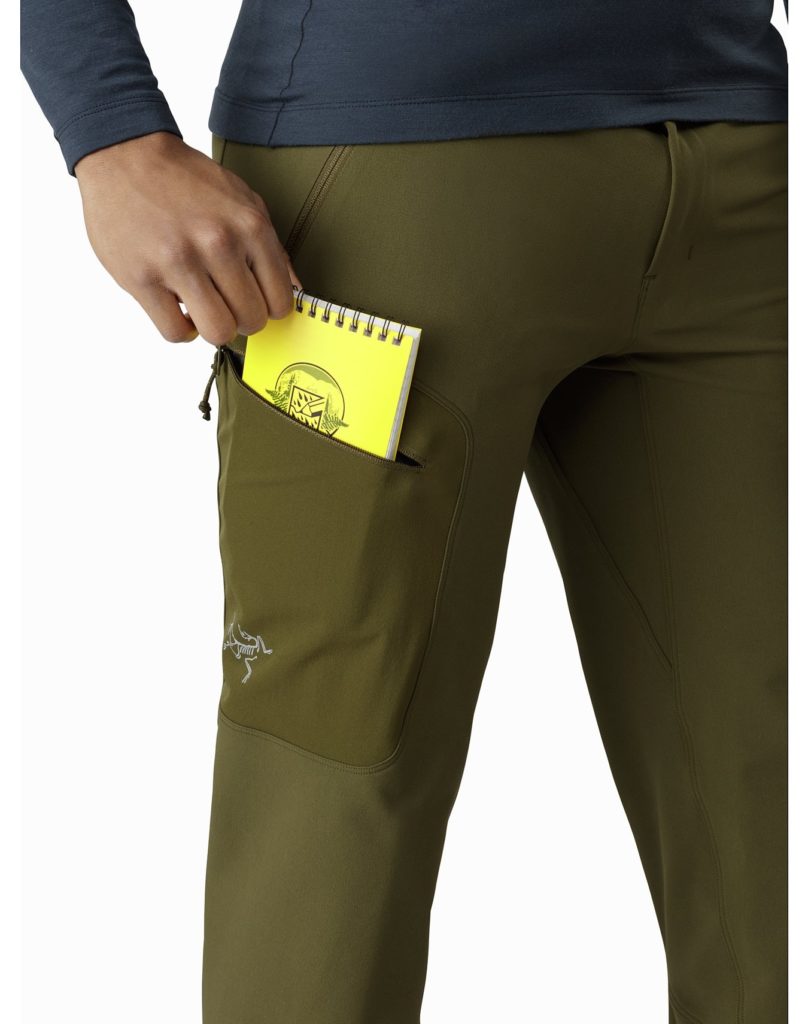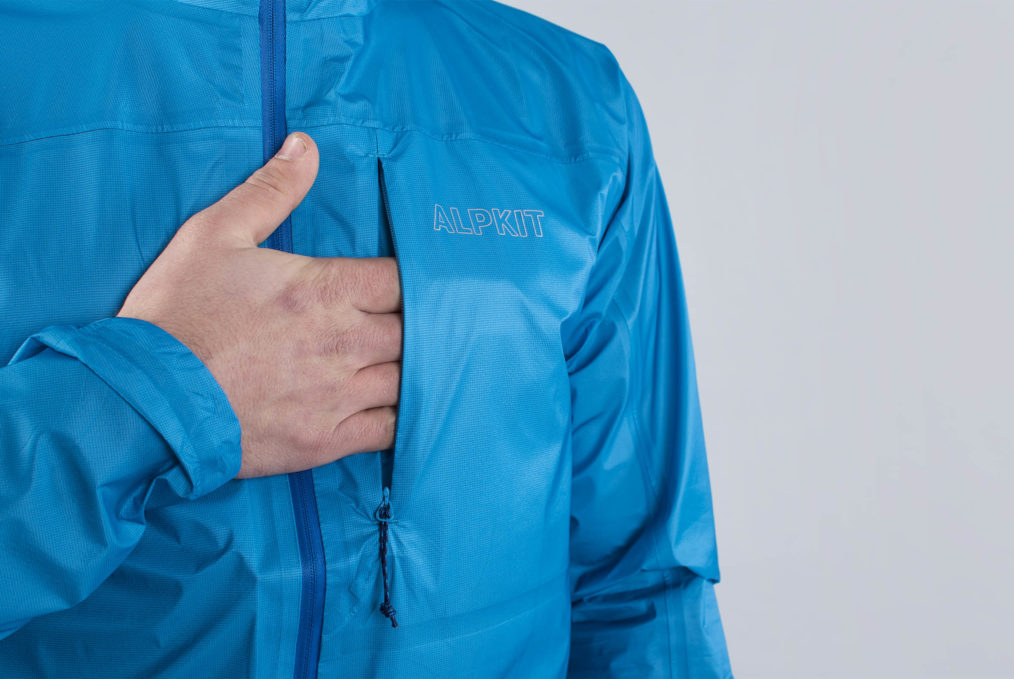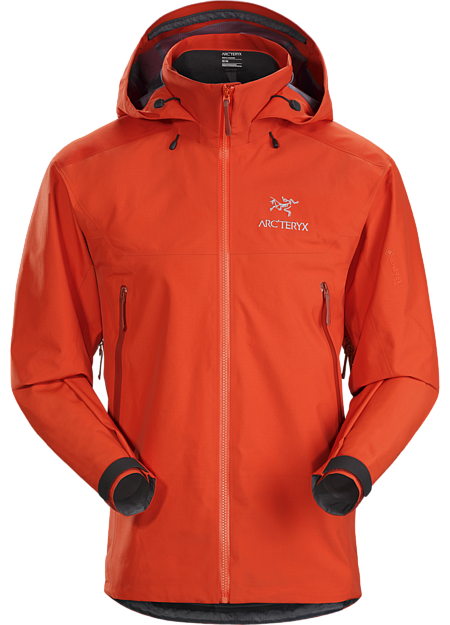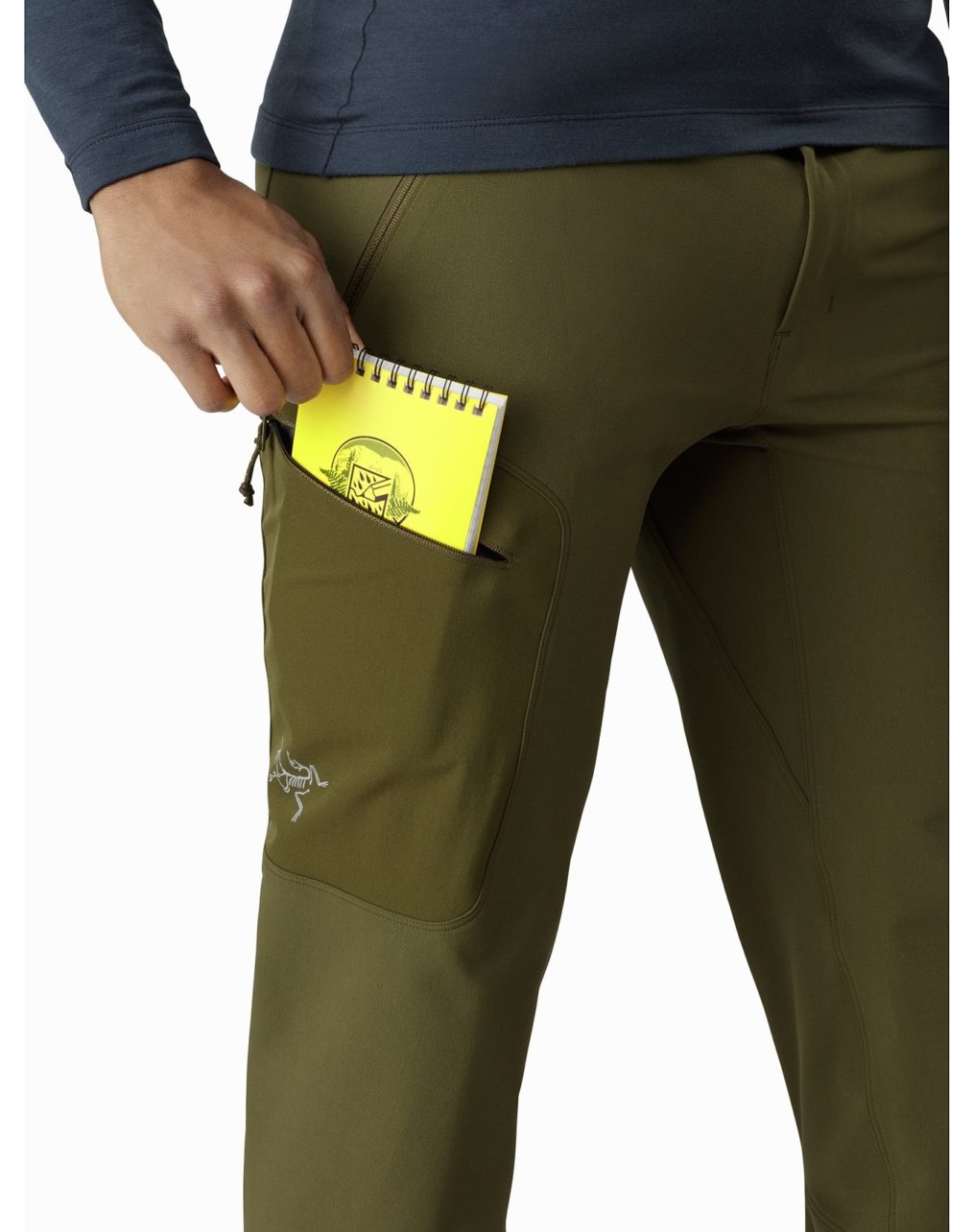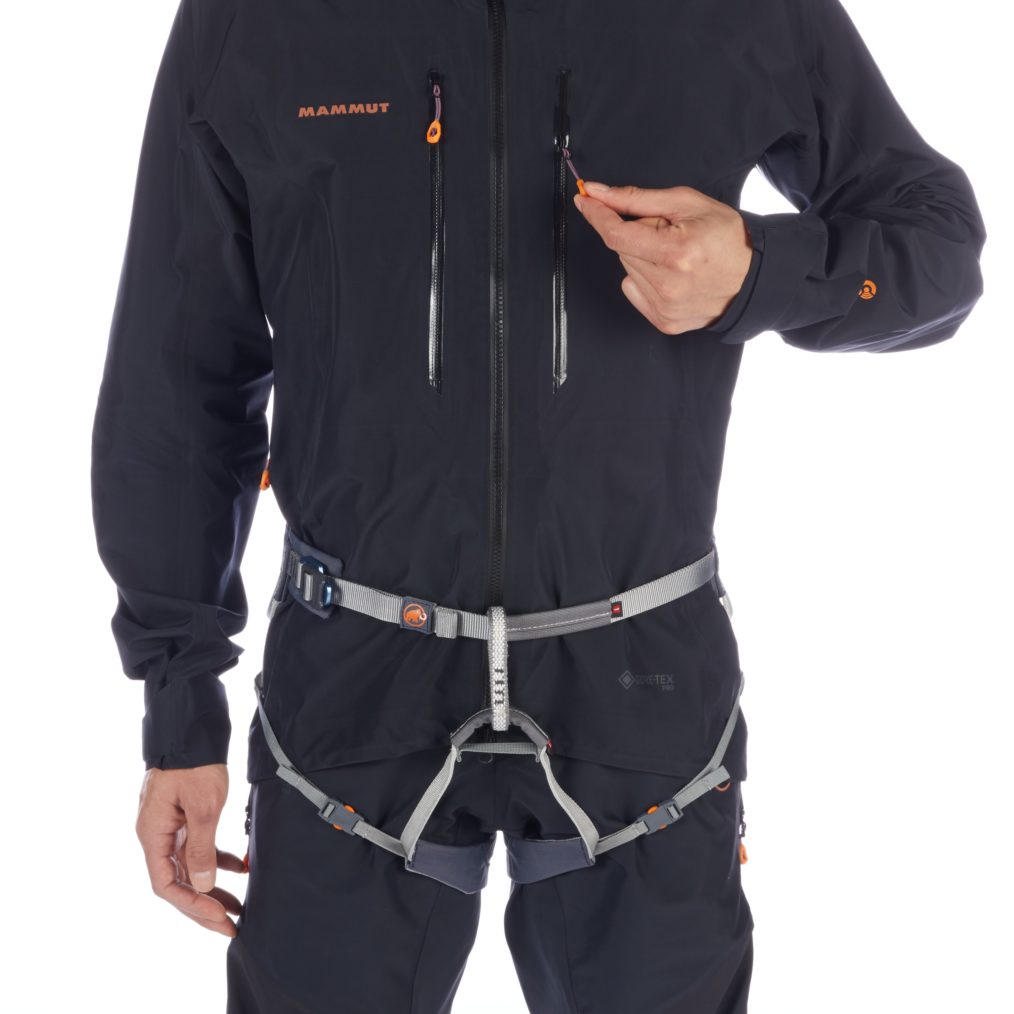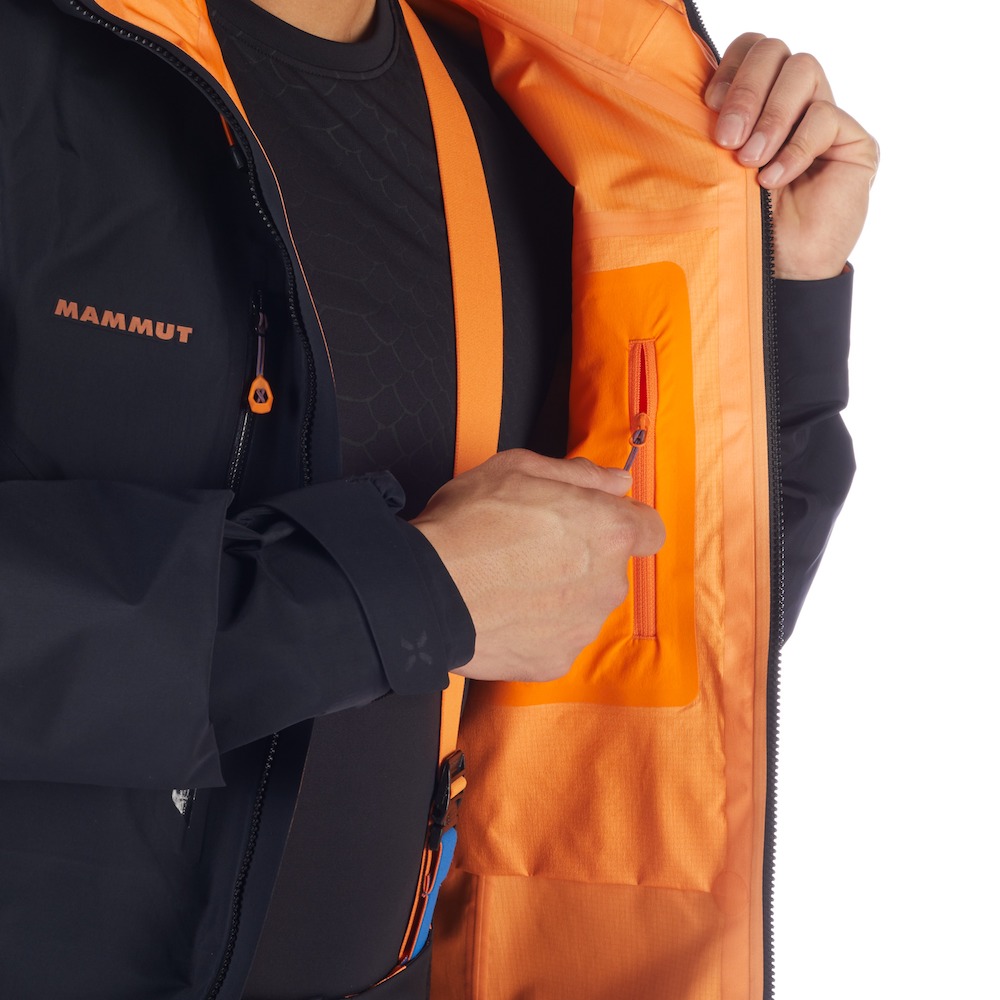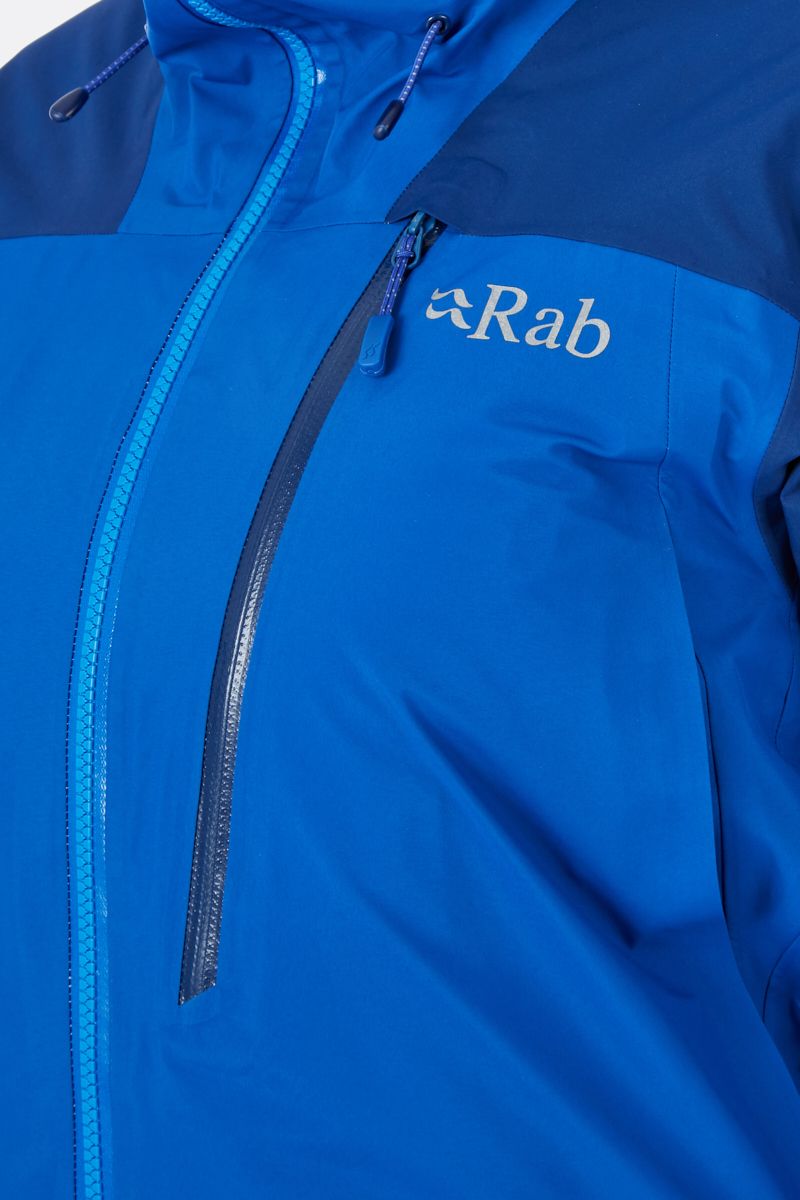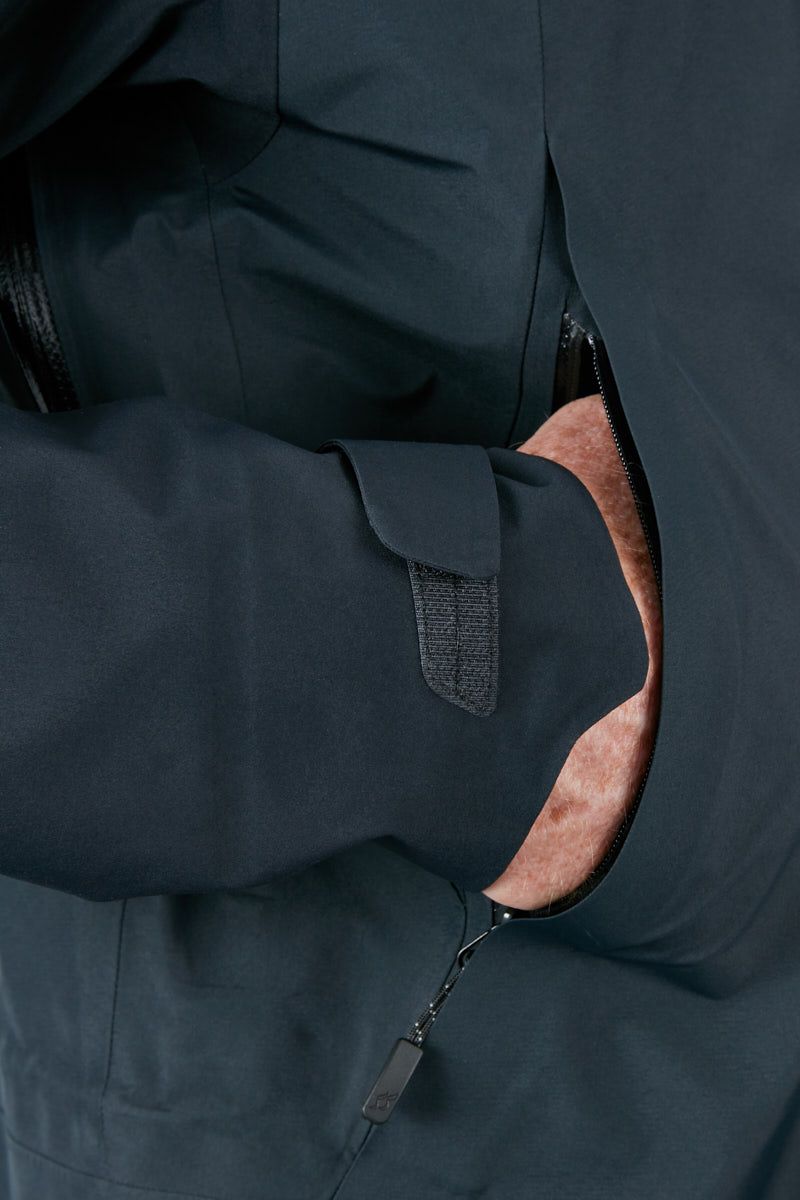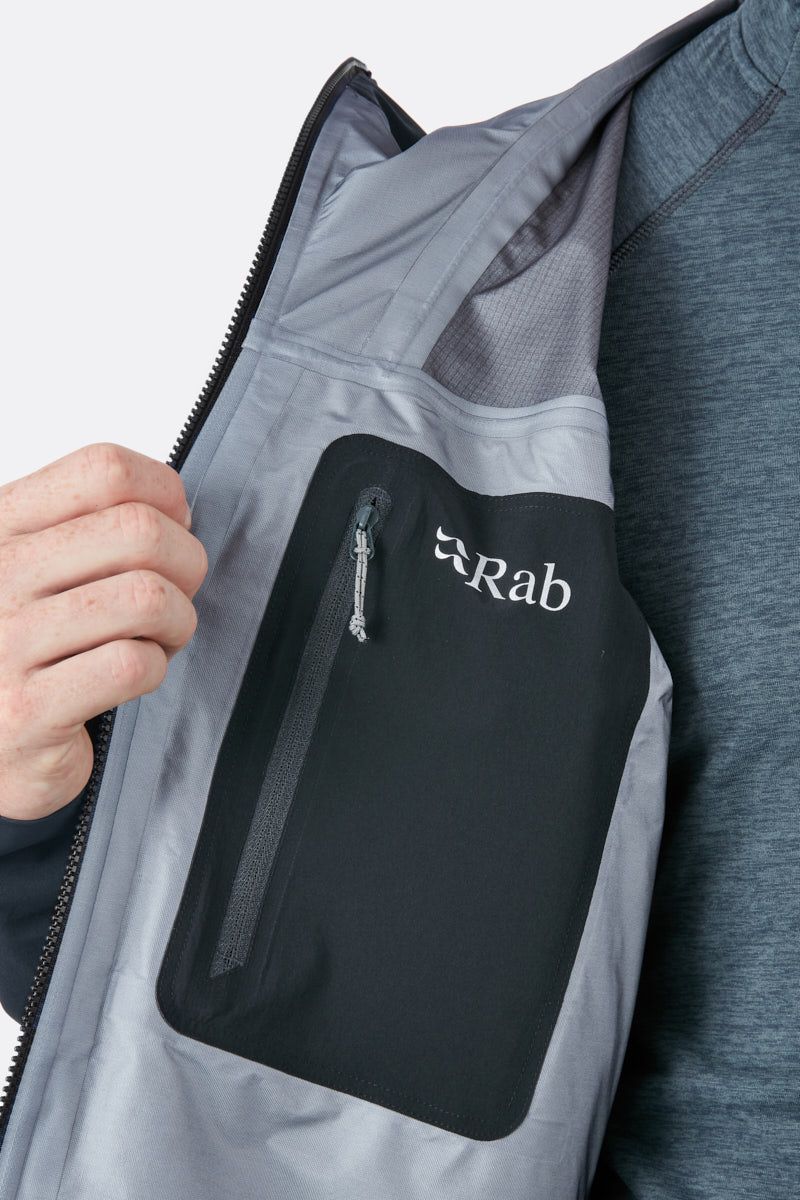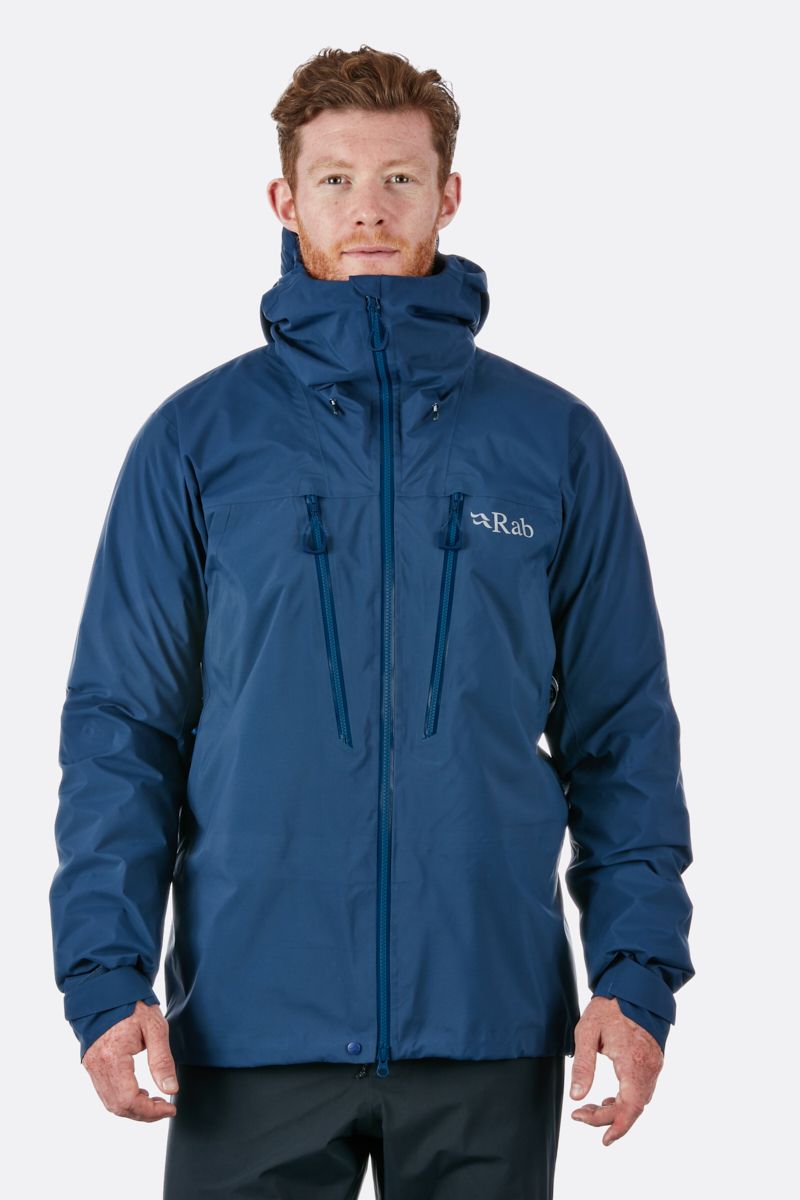No-one – except for Gollum, maybe – talks much about pockets on outdoor clothing, but it’s one of the things that can make or break shell jackets in particular. It’s also something that’s quite personal and depends on how you use your kit. If you’re someone who habitually stows everything from gloves through to a seven-course sushi banquet in your jacket pockets then the more the better. If you mostly just carry a phone or the ring of power, a small chest pocket may be all you need.
That said, there are plenty of things to be aware of in the word of Pocketology, which I just invented. At one outdoor brand it was ‘pocketage’. But I like Pocketology. Here are the basics:
Hand pockets
So-called because they sit in the right place to put your hands, hand-pockets are a staple feature in most hill and mountain-walking jackets. The idea is that you can stick your hands in them for protection and / or access them quickly and easily. Mostly that’s fine, except that to clear pack belts and harnesses they need to sit slightly higher than would be natural, at which point they sort of become chest pockets.
The biggest thing to watch out for here is that they don’t sit under your pack-belt or harness. Not just the openings, but also the pocket bag. There’s nothing more irritating than taking off a pack only to put it back on and find the belt crushing your carefully sequestered Mars bar against your waist. Sometimes less is more. Which brings us to…
Gearhead says: Ideal if you habitually loiter around with your hands in your pockets, but beware the high opening ones that make you look like a demented squirrel.
Napoleon pockets
Named after the French Emperor, Napoleon pockets are accessed across the chest using the opposite hand. They’re useless for keeping your hands warm unless you’re a contortionist, but super easy to access wearing a pack and or harness even when you’re precariously perched on some precipitous belay ledge. And that’s why they’re often featured on technical mountaineering jackets where getting stuff in and out of your pockets is more important than lounging insouciantly against a boulder with your hand artfully pocketed. You still want the pocket bag to end above belt level mind, or you may find your warm mitts sitting in a place where you don’t really want them. They’re our choice for stowing gloves, snacks and other necessities on more technical ground. Less good for phones which tend to sink to the bottom and sit over your midriff.
Gearhead says: the best pockets configuration for mountaineering, no question, unless you’re a Francophobe.
Phone pockets
Along with full-on, high-capacity Napoleon ones, small chest pockets have become nigh-on essential for anyone who uses a mobile phone or GPS on the hill. My take is that the best ones are about the right size for a phone so it sits high and doesn’t slop around. Personally I prefer an external pocket because I don’t want to have to undo my main zip to access the pocket and allow rain and /or spindrift to soak my mid-layer insulation. You may find that refreshing, but for me it’s the one essential pocket in any shell jacket and not having one is a pain in the phone case. If you don’t want or need easy access to a phone or GPS, by all means go without.
Gearhead says: what do you mean you don’t have a phone, everyone has a phone these days.
Map pockets
A whole generation of British mountain shells were defined by the need to carry an Ordnance Survey map. These days, not so much. Quite a few mountain goers rely mostly on digital navigation and carry a map back-up in their pack. Personal choice again. But it you do want to carry a map or guidebook in your pockets, make sure they’re large enough to cope. Nuff said. Oh, and in my opinion, avoid ones that involve opening storm flaps and/or zips to access them. Fiddly and you risk getting damp in the process.
Gearhead says: ideal for carrying maps, but you don’t necessarily need an old-fashioned, specific ‘map pocket’.
Internal stash pockets
It tends to be all-singing, all-dancing expedition-type shells that include a mesh internal stuff pocket. For most normal use they’re a frippery, but if you’re out in serious sub-zero conditions and want somewhere to keep a water-bottle or belay mitts close to your body, they’re a useful addition even if they do make you look like a pregnant walrus in the process. You can also carry crisps in them, marshmallows or anything else that’ll fit. Ideal for keeping your Mars Bar in biteable condition. Watch out, as ever, for belt and harness interference.
Gearhead says: for days when the water-bottle in your packs makes like an ice-pop.
Sleeve pockets
Great for skiers who carry lift passes and that’s just about it.
Too many pockets!
Finally on the pocket front, bear in mind that adding too many pockets also adds bulk and weight to the jacket. It also, thanks to pocket bags, adds extra layers of fabric to the front of the jacket which in turn reduces breathability. You could have two layers of – sometimes – waterproof fabric rather than one. Or, if you have both chest and, say Napoleon pockets in the same jacket, three layers. One way round this is to use a mesh liner, but this in turn means that if the pocket openings leak, which they may well do, so will the jacket. A further hindrance to breathability is whatever you carry in your pockets. Try toting a laminated map in the chest pocket of a breathable jacket for any length of time and you’ll find the surface closest to your body is soon wet with moisture. Ooops.
A propos of all this, despite water-resistant zips, flaps and zipper garages, never assume that an outside pocket on a waterproof jacket is going to be reliably waterproof as many mobile phone users have found out to their cost. Water has a way of seeping through the tiniest opening. Some brands even add drains to their pockets as an acknowledgement of this.
Gearhead says: top breathable fabrics are expensive, adding pockets you don’t need simply stops them working as designed. Sometimes minimal works best.
Trouser pockets
Last but not least, legwear pockets are again a matter of personal preference. I’m happy enough with two hand-pockets, ideally zipped to prevent the ring of power from escaping when crawling into Mordor. Rear pockets I can live with or without – mostly you risk sitting on and crushing anything remotely fragile you put in them. And finally cargo pockets on thighs and – god forbid – knees or shins, I can happily do without. They interfere with movement. I like a good thigh vent on a softshell pant however. That said, if you insist of wedging a laminated map against your thigh, who am I to deny you that obscure pleasure?
Gearhead says: one of the best things about jacket pockets is that it reduces the need to use trouser ones. If you insist though, make sure stuff can’t fall out easily either when sitting down or taking your kecks off in the tent or bunkhouse.


